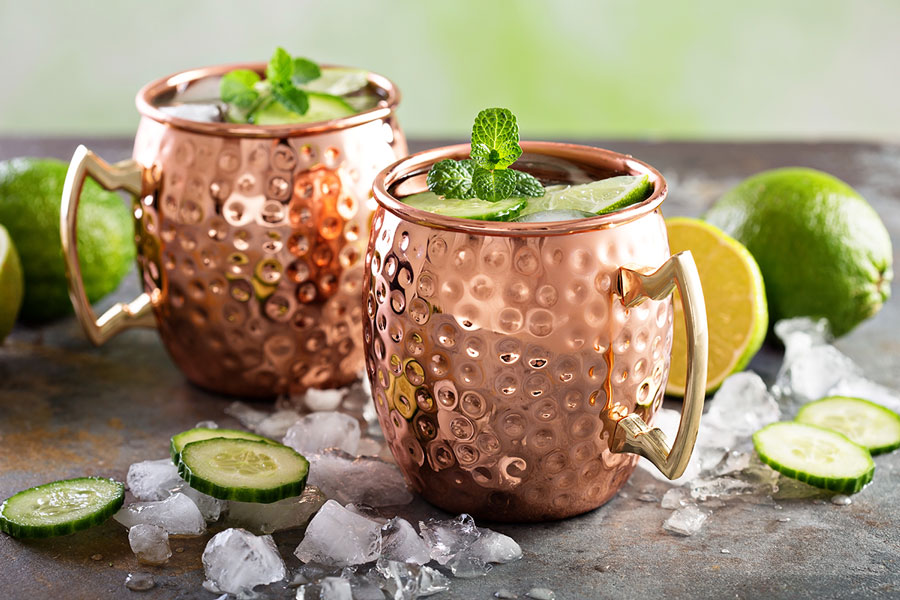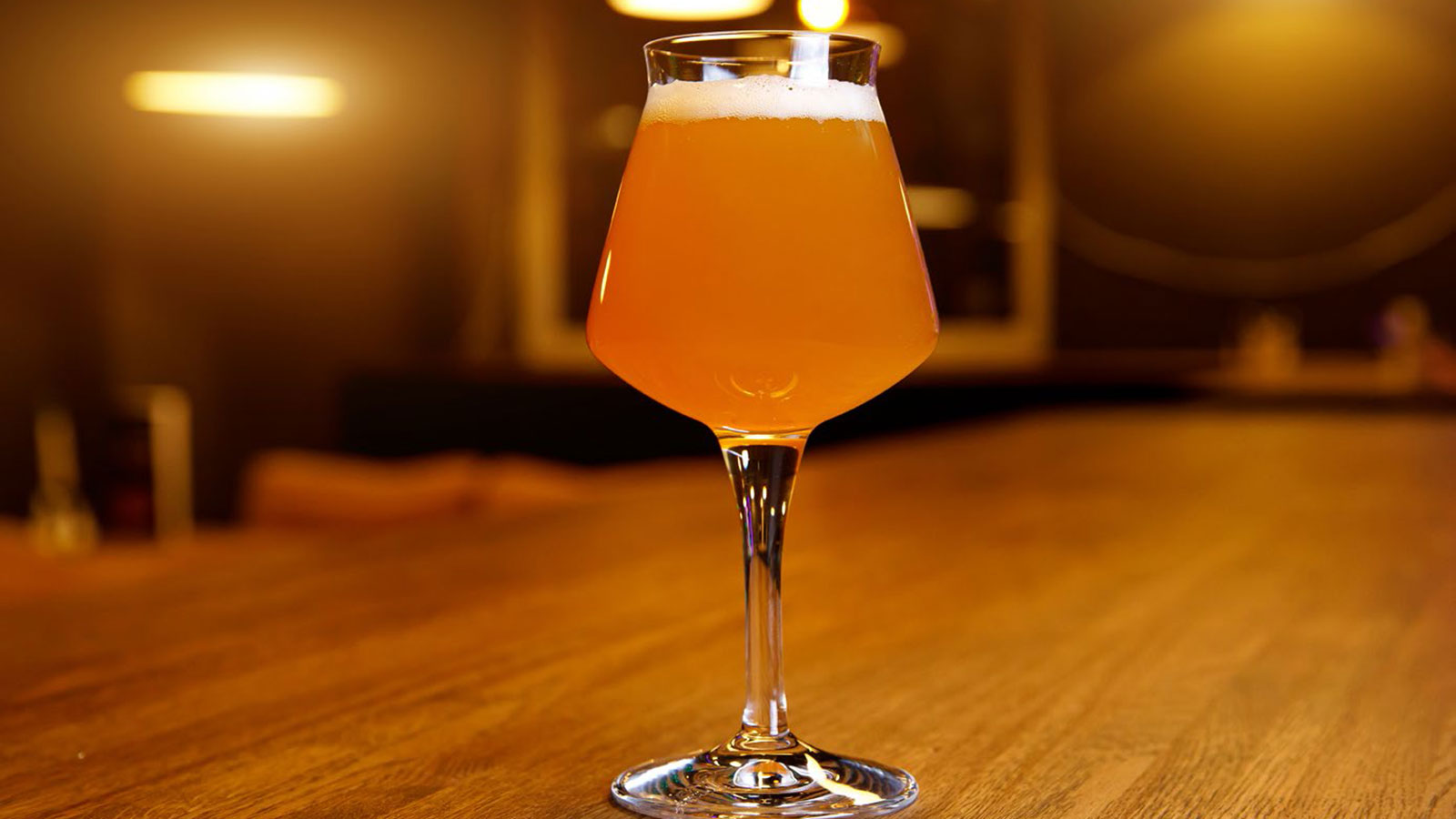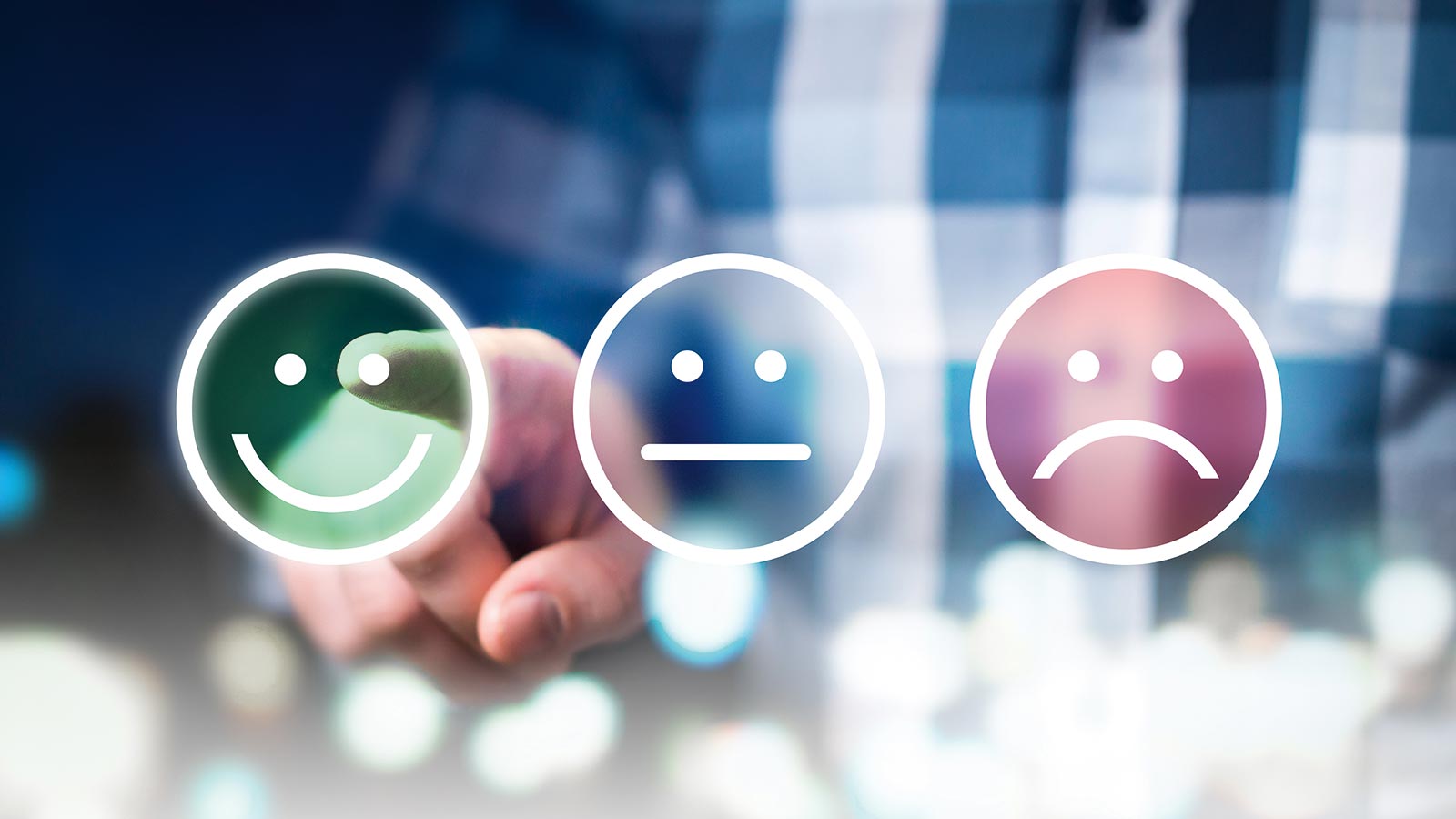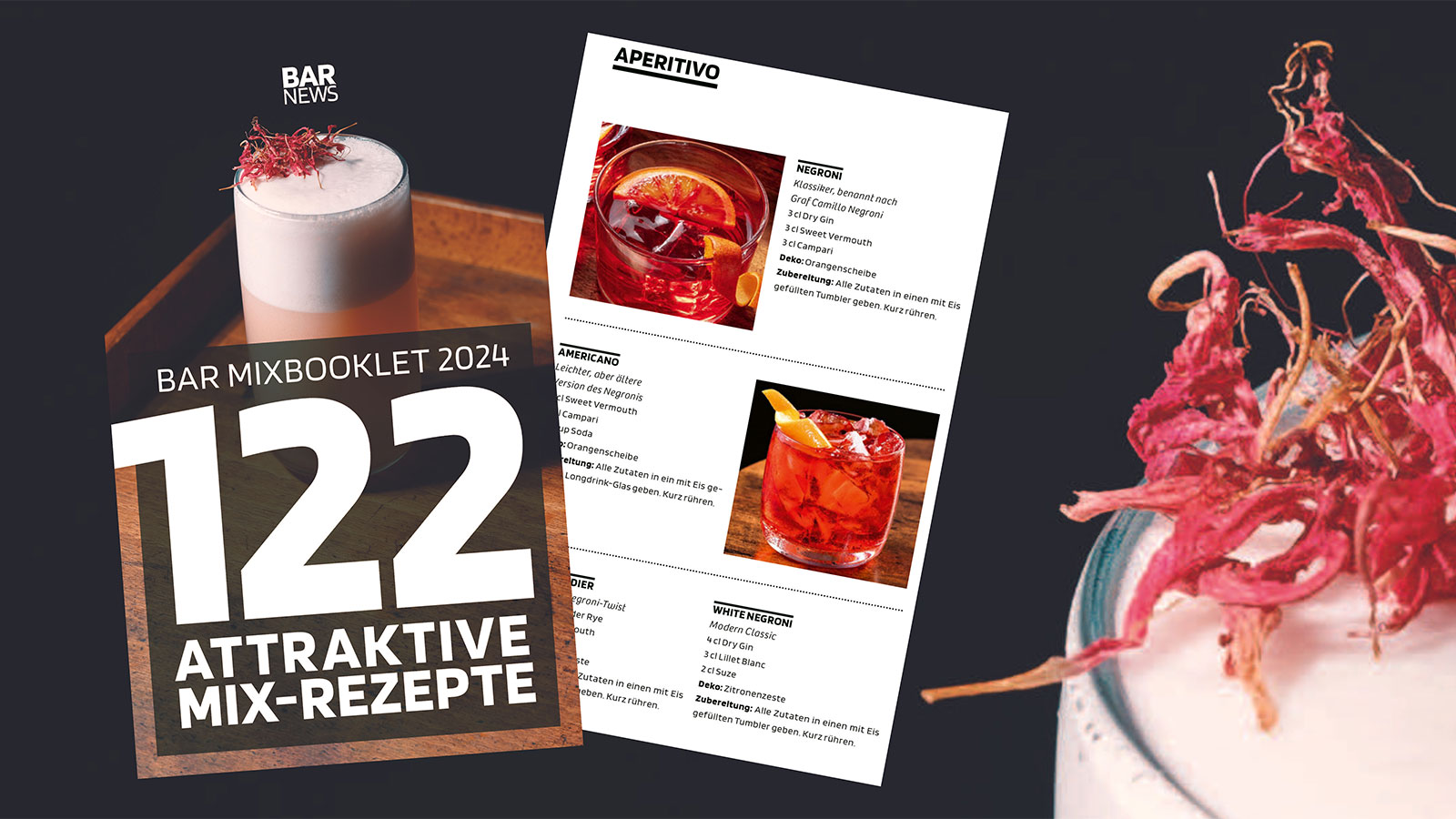Beer and wine from sixteen, spirits from eighteen. This is the minimum age for alcoholic beverages in each case. When Barkeeper or journalists talk about alcohol, they like to talk about the last single malt they drank, the growing range of vermouths or the mixability of rum.
Topics that young people hardly deal with when they are allowed to consume spirits for the first time. At the discount store they buy the second cheapest vodka or whiskey they know and mix it with the lemonade of their choice. Guaranteed cheaper than in the club, where the long drink costs the same or even more than a cocktail in the hip cocktail bar. Moreover, how often does it happen that the full price has to be paid for both the spirit and the filler, if it is actually served à part?
The counterculture that propagated high-quality long drinks years ago has long since gone mainstream. How can you tell? Today, even premium mixers can be found on the shelves of Migros, Coop and Denner alongside the usual suspect tonics. For years, spirits consumption has been declining, while at the same time end consumers are becoming more important for spirits retailers, as their share of the total market is increasing.
Difficult times for mediocrity
If a drink consists of only two ingredients, it is all the more important which spirit or filler we pull out of the back bar or the refrigerator drawer. It wasn't so long ago that Schweppes was the only drink in there. Later, the new tonics, such as those from Fentimans, Fever Tree, Thomas Henry etc. came along. Today, we live in a new age of filler, which is characterised by three developments.

Market entry of soft drink producers
Large producers who had not previously been active in the filler market have jumped on the bandwagon with their own brands. These include Coca-Cola's Royal Bliss line and Red Bull's Organics.
Swiss Gin? Swiss tonic!
The local is becoming more and more important. Today, people drink the matching Swiss tonic with a Swiss gin. It's quite possible that gin and Tonic Water were produced in the same city. Brands such as Gents or Swiss Mountain Spring can now be found throughout Switzerland, while others tend to remain regional, such as Tom's Tonic.
Exploding product diversity
Hardly any producer has only one tonic, one bitter lemon, one ginger ale and one Ginger Beer. Mediterranean Tonic, African Roots Ginger Brew, Cold Brew Tonic and Tonicum Soda are all new products that expand the boundaries of the respective categories.
In the worst case, a filler is the lukewarm, stale tonic from the litre bottle that has been sitting around half-empty for several days.
Paradoxically, the wider tonic range makes communication with the guest rather easier. If bars want to offer different tonics to go with their gin, they no longer have to buy the same tonic from several suppliers. Many may still carry one or two brands, but different tonics within this line.
It's easier to explain to a guest the difference between a Mediterranean Tonic and a Ginger & Lemongrass Tonic than it is to explain the difference between classic Tonic Water from Schweppes, Thomas Henry and Fever Tree.




